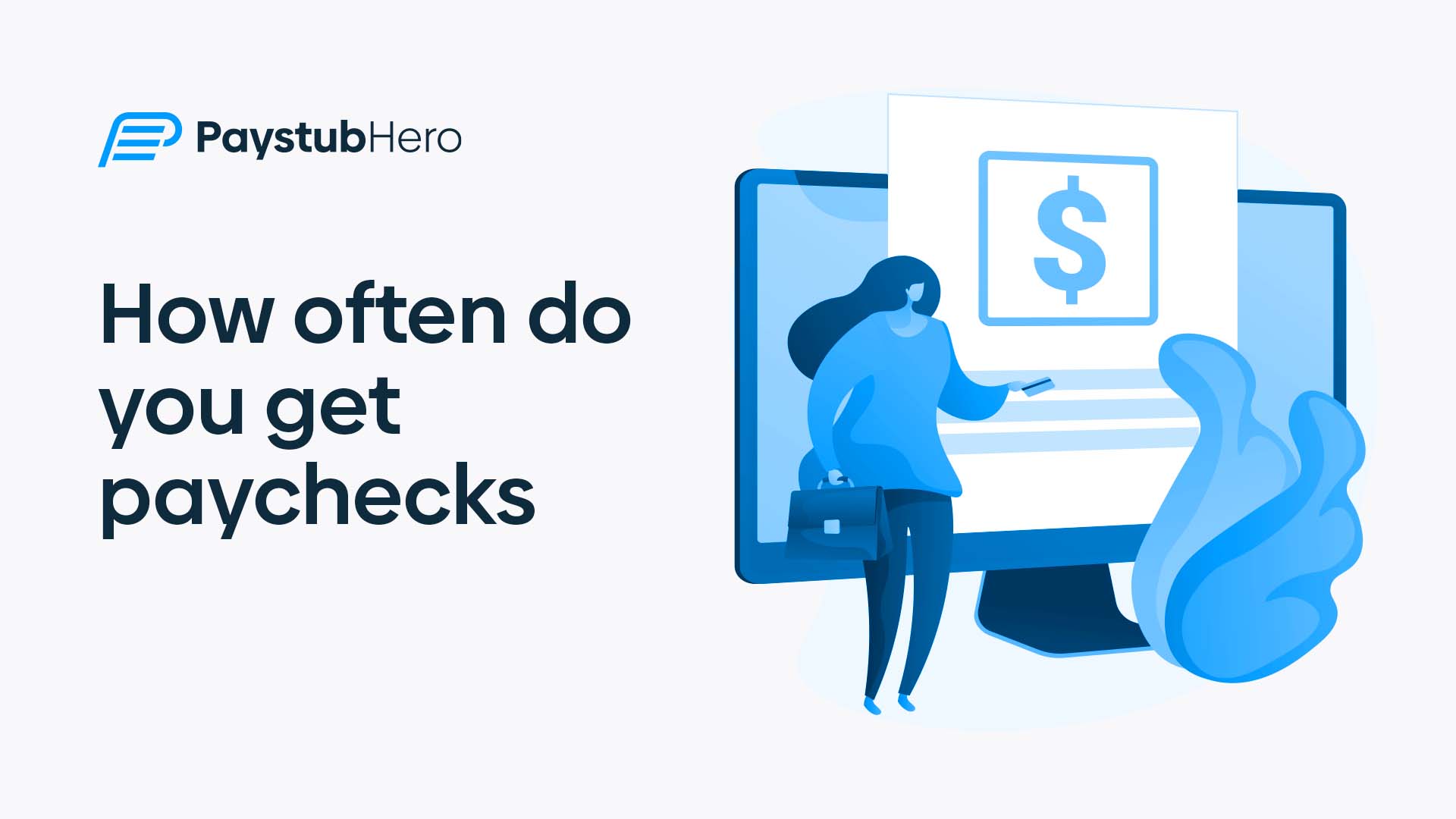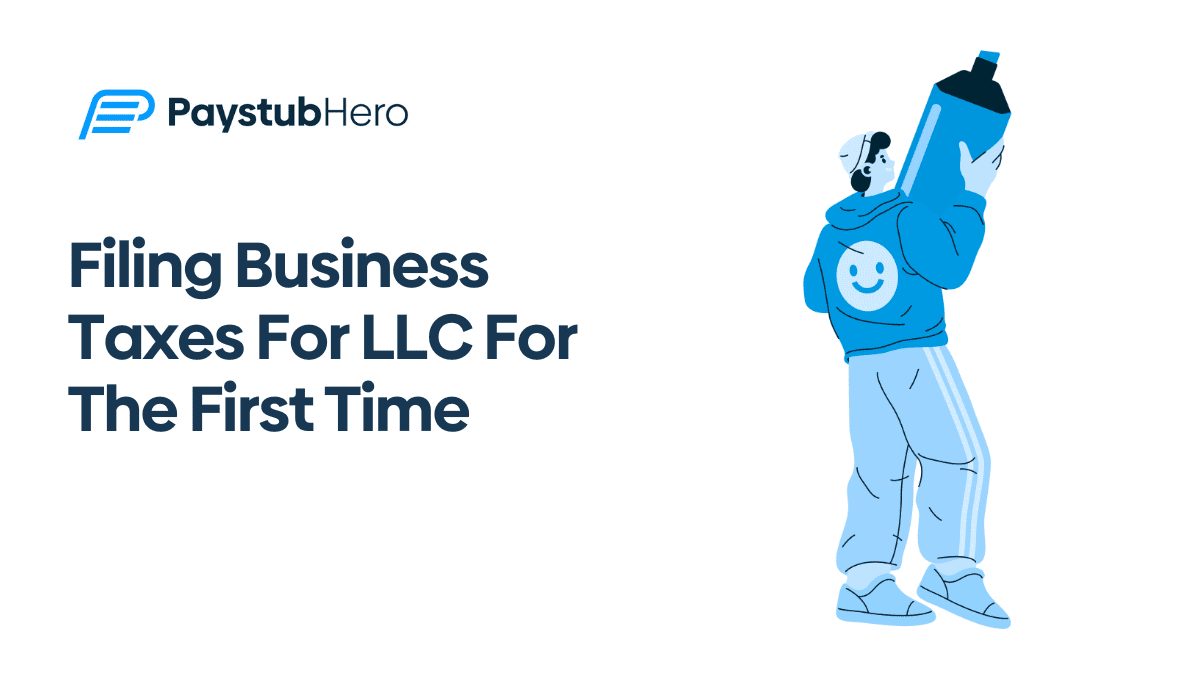“How often do you get paychecks?” — this straightforward question plays a significant role in our daily lives and carries a profound impact on our personal and financial well-being.
The frequency of your paychecks not only influences how you manage your monthly expenses but also affects how you plan for the future and make significant financial decisions.
The frequency of your paychecks varies widely depending on factors such as your industry, your company’s specific policies, and even the laws of the state where you live. You could be paid bi-weekly, weekly, daily, monthly, or semi-monthly, depending on your company’s payroll software.
Whether you’re a fresh graduate stepping into the workforce, an experienced professional evaluating new opportunities, or a human resource manager setting pay policies, understanding the nuances of different pay frequencies, from the meaning of semi-monthly to bi-weekly pay, can be crucial.
Your pay schedule impacts your personal budgeting and financial planning, influencing everything from when you pay your bills to how you save for your future.
In this article, we will delve into the intricacies of different pay periods and their frequencies, providing valuable insights to help you navigate this critical aspect of your employment.
We will also introduce an innovative solution for freelancers, small businesses, and independent contractors, offering a more straightforward way to manage payrolls and understand your earnings.
Table of Contents
- Introduction: How Often Do You Get Paychecks: A Comprehensive Guide to Understanding Pay Frequencies
- A Deep Dive into Pay Periods and Their Frequency: What It Means for Your Paychecks
- The Evolution of Paychecks: From Fixed Pay Periods to Daily Payouts
- Decoding Your Pay Period: Key Considerations to Keep in Mind
- Empower Your Payroll Process with Paystubhero: The Payroll Solution Designed for You
A Deep Dive into Pay Periods and Their Frequency: What It Means for Your Paychecks
When it comes to payroll, one term that often comes up is ‘pay period.’ A pay period refers to the specific stretch of time during which an employee’s work is accounted for and later compensated.
In other words, it’s the schedule on which you receive your paychecks. But did you know that the frequency of these pay periods can vary significantly?
Your pay period frequency can have a notable impact on your financial health.
Understanding the frequency of your pay periods can not only aid in your personal budgeting but also affect your yearly earnings.
This is because, depending on the frequency of pay periods, you may receive more or fewer paychecks per year, leading to a difference in the total amount you receive.
Now, you might be wondering, “What are the common pay period frequencies?” These frequencies can range from weekly to bi-weekly, semi-monthly, and even monthly, depending largely on the policies of your employer and occasionally on state laws. Each pay frequency comes with its own benefits and challenges, which we’ll explore in the sections below.
Let’s take a closer look at each of these pay period frequencies, how they work, and the implications they might have for your paycheck and personal financial planning.
Whether you’re considering a job offer, planning your monthly budget, or just curious about payroll practices, this comprehensive guide will equip you with the knowledge you need to navigate your pay schedule.
The Evolution of Paychecks: Embracing the Concept of Daily Pay
In the ever-changing landscape of employment and payroll, an intriguing trend is catching the eye of employees and employers alike: the concept of getting paid daily. Unlike the traditional weekly, bi-weekly, semi-monthly, and monthly pay periods, this innovative approach aims to provide employees with immediate access to their hard-earned money. But how has this shift come about, and what does it mean for the workforce?
While the traditional pay period frequencies remain dominant in many sectors, the advent of technology has paved the way for a more flexible and employee-centric payment model.
Driven by digital platforms and advanced payroll systems, daily pay is becoming an increasingly popular choice among gig economy platforms and businesses employing hourly workers.
The rationale behind the daily pay model is straightforward. By giving employees access to their earnings as soon as they’ve completed their work, it offers unprecedented financial flexibility. This can make a huge difference for those living paycheck to paycheck, or workers facing unexpected expenses.
However, daily pay doesn’t just benefit employees. For employers, offering daily pay can be a significant differentiator in attracting and retaining talent, especially in competitive industries or roles where turnover is high.
So, let’s explore this modern development in the world of paychecks and examine how getting paid daily might transform the relationship between work performed and compensation received, ultimately influencing our financial stability and planning.
The Evolution of Paychecks: From Fixed Pay Periods to Daily Payouts
In the broad spectrum of employment and payroll, an intriguing shift is becoming more pronounced: the transition from fixed pay periods to getting paid daily. Unlike the more conventional weekly, bi-weekly, semi-monthly, or monthly payment schedules, this pioneering concept aspires to grant employees immediate access to their hard-earned wages.
How did this transformation happen, and what implications does it carry for the modern workforce?
Traditional pay period frequencies, while still prevalent in many industries, have begun to cede some ground to this more nimble and employee-friendly payment model.
Enabled by the rise of digital platforms and sophisticated payroll systems, daily pay is gradually establishing itself as an attractive alternative, particularly among gig economy platforms and businesses with hourly wage workers.
The premise of daily pay is simple yet potent. Allowing employees to receive their earnings promptly after they’ve completed their work, provides unmatched financial flexibility. This accessibility to funds can significantly alleviate financial stress for those living paycheck to paycheck or employees grappling with unforeseen expenses.
But the benefits of daily pay aren’t confined to employees alone. For employers, the promise of daily pay can serve as a substantial differentiator in attracting and retaining top talent.
This is especially relevant in competitive industries or roles with high turnover rates, where every advantage matters.
Now, let’s delve deeper into this cutting-edge trend in payroll management. We’ll examine how the move towards daily payouts could fundamentally reshape the dynamics between work and compensation, bringing far-reaching consequences for our financial security, budget management, and future planning.
Decoding Your Pay Period: Key Considerations to Keep in Mind
Unraveling your pay period is no minor feat. It involves going beyond just knowing when your next paycheck will arrive. Instead, it requires an understanding of the various implications a particular pay period can have on your overall financial picture.
As you embark on this journey of understanding your pay period, there are a few key considerations to keep at the forefront of your mind.
When endeavoring to comprehend your pay period, it’s essential to grasp both the timing of your paychecks and the amount each paycheck will contain. At first glance, bi-weekly pay may appear similar to semi-monthly pay.
Still, a closer inspection reveals that due to the different number of pay periods, the amount per paycheck can significantly differ.
Gaining clarity on your pay frequency is an empowering step, enabling better financial planning and helping avert unexpected shortfalls. It is this very insight that allows you to match your income with your expenses, avoid financial stress, and maintain a healthier budget.
Moreover, when considering new employment opportunities, it could be advantageous to inquire about the company’s pay periods during job interviews.
The frequency of pay could potentially influence your decision to join the company, especially if you have specific financial commitments or budgeting preferences.
Let’s delve deeper into these considerations and uncover how you can turn understanding your pay period frequency from a complex chore into an actionable, beneficial practice. Armed with this knowledge, you’ll be better equipped to navigate your financial journey and make informed decisions about your income.
Empower Your Payroll Process with Paystubhero: The Payroll Solution Designed for You
After journeying through the complexities of pay periods and their frequencies, you might be left wondering, “What if there was a simple, affordable tool that could help manage my payroll and make sense of my paystubs?”
That’s where Paystubhero steps in, a solution tailored explicitly for entrepreneurs, freelancers, small businesses, and independent contractors like you.
In the bustling world of business, managing payroll can often be a daunting task, especially for those without the resources to invest in high-priced software that caters to large enterprises.
Paystubhero acknowledges this gap and offers a powerful yet straightforward solution to simplify payroll management.
Whether you’re just launching your entrepreneurial journey, scaling your small business, or navigating the freelance market, Paystubhero is designed to meet your unique needs.
This robust online payroll software makes generating paystubs as effortless as inputting your company and employee information. From there, the software takes over, handling all the calculations and complexities behind the scenes.
No more grappling with complicated calculations or worrying about payroll errors. With Paystubhero, you can focus on what truly matters – growing your business and reaching new heights.
Now that you’re armed with an understanding of pay frequencies and their implications, take the next step with Paystubhero.
Try our powerful payroll solution today and join the myriad of businesses that have already transformed their payroll processes.
Empower yourself with Paystubhero and turn the daunting task of payroll management into a simple, seamless experience.
Frequent Asked Questions
How often do you usually get a paycheck?
The frequency of paychecks varies, but the most common pay periods are weekly, bi-weekly, semi-monthly, and monthly.
Is payroll every 2 weeks?
Bi-weekly payroll occurs every two weeks, typically resulting in 26 paychecks per year. However, not all employers use this schedule.
Do you get paid your first week of work?
It depends on the company’s payroll policy. Some companies hold back the first paycheck, paying it on the next pay date, while others might pay for the first week in your first paycheck.
What is the most common payday of the month?
This can vary widely depending on the company’s pay schedule. However, for those on a bi-weekly or semi-monthly schedule, common paydays are often at the middle and end of the month.








